
Scientists studying tree-ring data discovered a high-energy radiation burst of unknown origin hitting Earth 1,200 years ago.
1,200 years ago, tree rings recorded an abnormally large radiation burst. It’s even more mysterious since this spike in carbon-14 levels indicates a massive cosmic event, but supernovae and solar flares have been ruled out.
Researchers published their findings in the journal Nature. Scientists studying tree-ring data discovered that Earth was hit with a high-energy burst of radiation from an unknown cause.
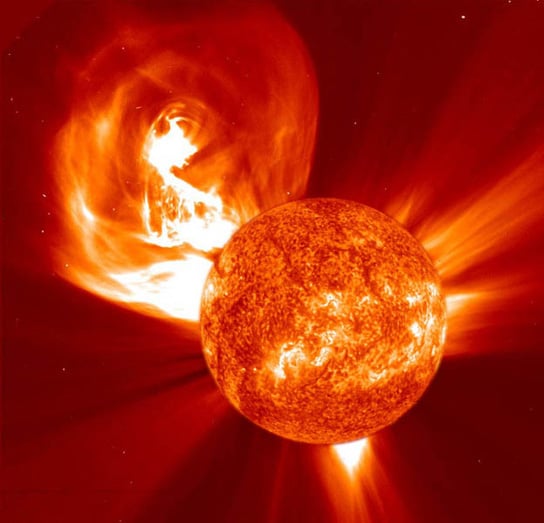
The burst seemed to have occurred between 774 and 775, and was detected by the amounts of the radioactive isotope carbon-14 in tree rings that were formed during the 775 growing season in the Northern Hemisphere.
The increase of 14C is clear enough that the scientists, led by lead author Fusa Miyake, a cosmic-ray physicist at Nagoya University in Japan, had to conclude that the atmospheric level of 14C may have jumped by 1.2% over the course of one year, which is about 20 times more than the normal levels.
14C is formed when highly energetic radiation from outer space hits atoms in the upper atmosphere and produces neutrons, which in turn collide with nitrogen-14. This decays into 14C. This is always happening and this is why 14C is used for radiocarbon dating.
The only known reasons for that 14C spike are floods of γ-rays from supernovae explosions or proton storms from massive solar flares. Neither of these had occurred in this timeframe. There exists the possibility that an event might have occurred in far southern skies, where astronomers of that era wouldn’t have seen it. If this would have been the case, X-ray and radio astronomers would have found signs the remnants of that explosion.
There exists no historical record of a solar flare bright enough to produce these levels. Extraordinary auroras would have been observed, and such a flare would have destroyed part of the ozone layer, which would have had ecological consequences.
However, some coronal mass ejections coupled with some unusual conditions could have produced the amount of protons necessary to explain the levels of 14C. The exact details of the event are still mysterious and scientists will have to further examine historical records in China and the Middle East to verify.
Reference: “A signature of cosmic-ray increase in ad 774–775 from tree rings in Japan” by Fusa Miyake, Kentaro Nagaya, Kimiaki Masuda and Toshio Nakamura, 3 June 2012, Nature.
DOI: 10.1038/nature11123

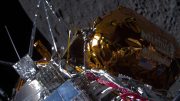



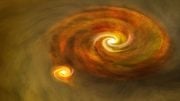
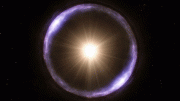

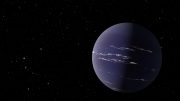
That’s interesting. If that happens on a regular basis it might very well put in doubt the Carbon-14 dating in doubt. It seems.